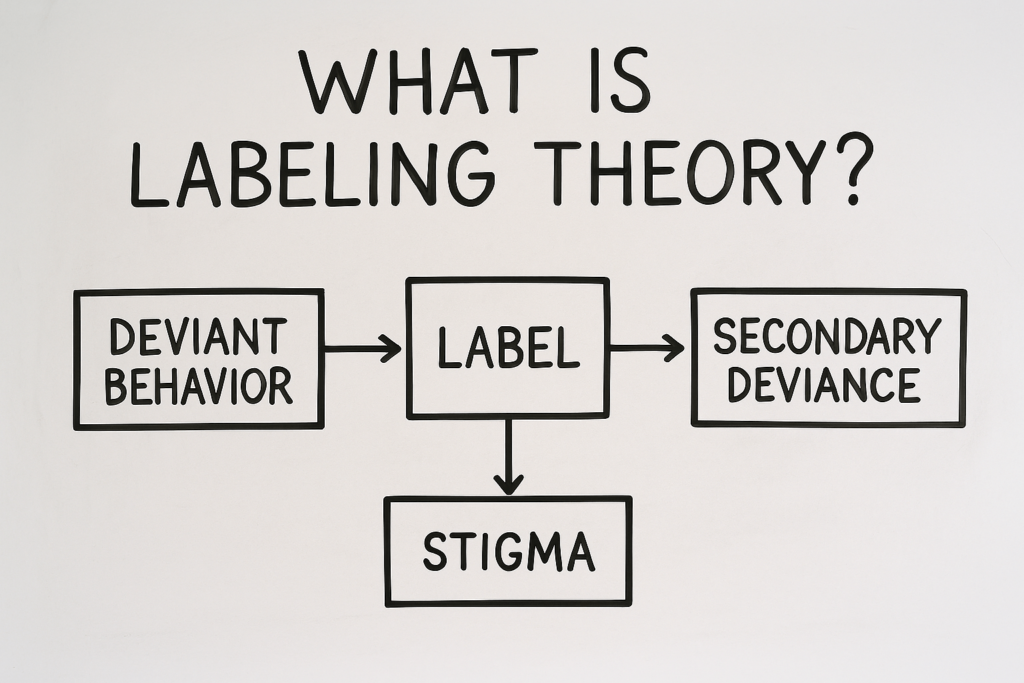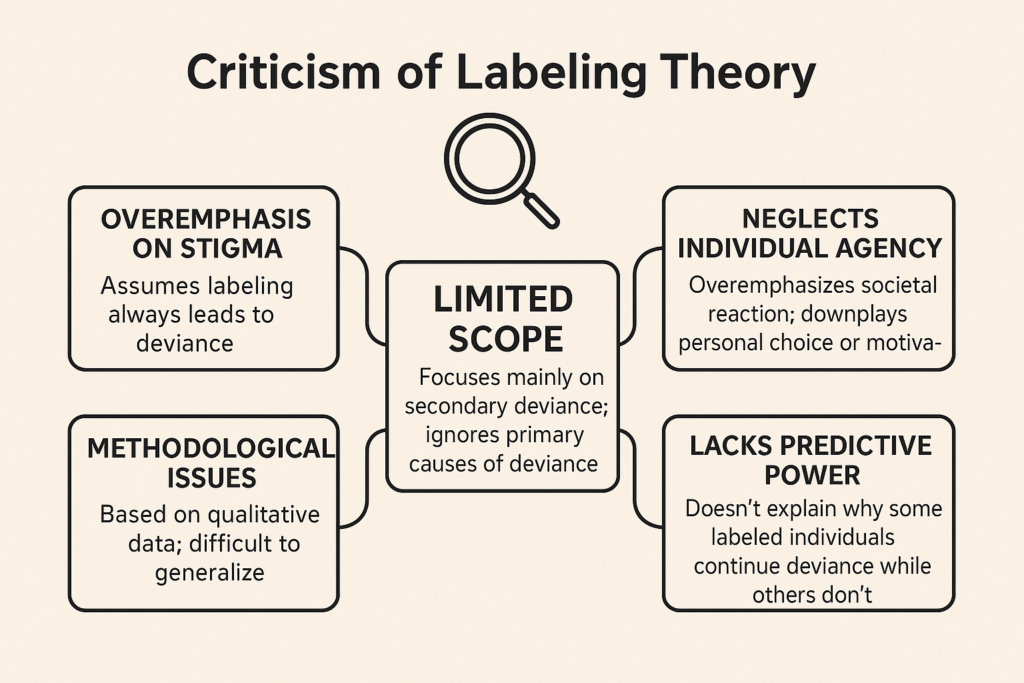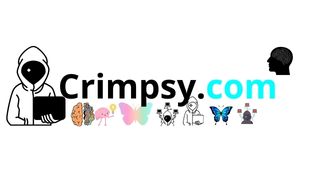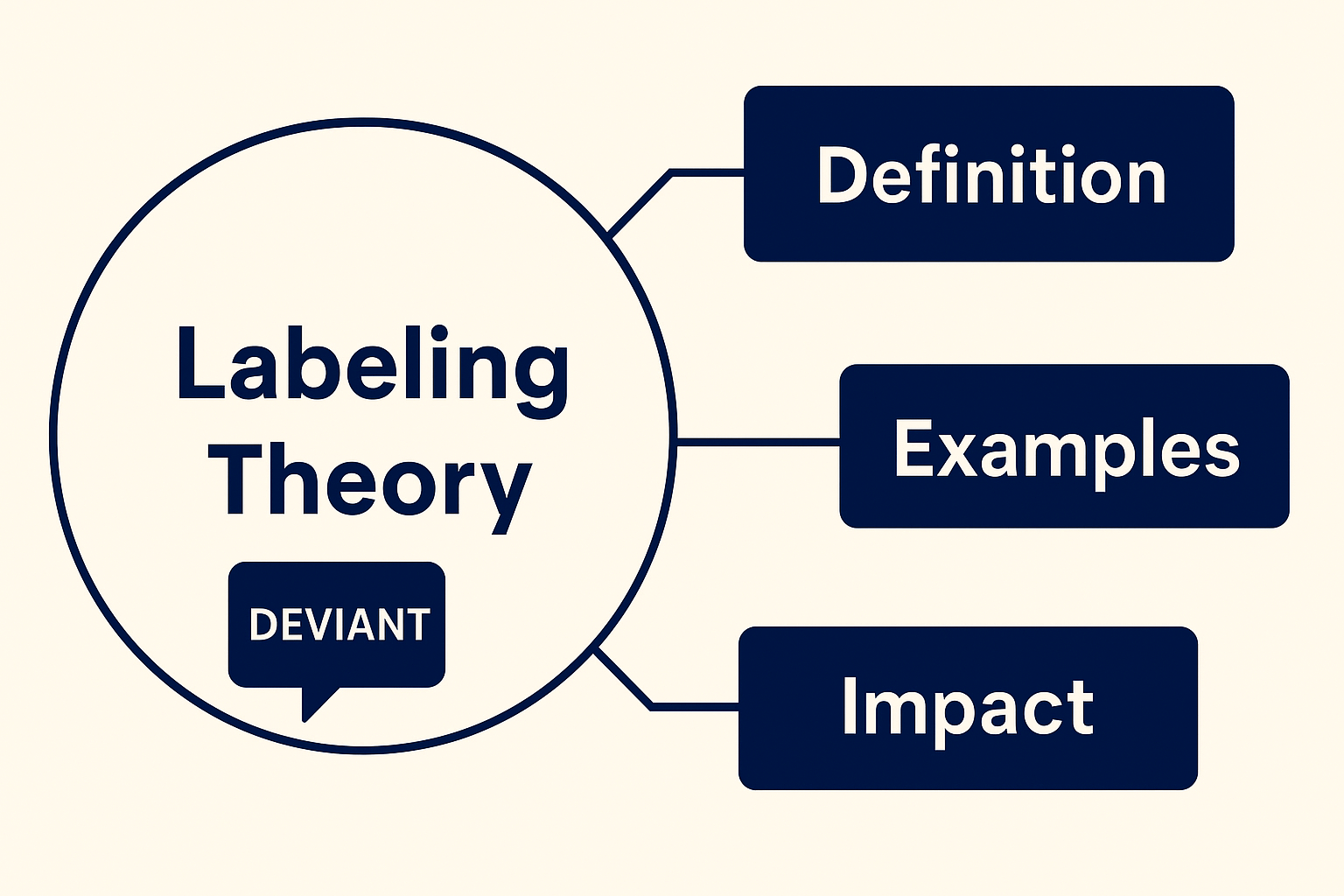Introduction to Labeling Theory
Labeling Theory is one of the foundational perspectives in sociology and criminology that examines how the labels assigned to individuals—especially those engaged in deviant or criminal behavior—shape their identity and social interactions. This theory shifts focus from the deviant act itself to the reaction of society and how such responses influence future behavior.
Rather than treating deviance as an intrinsic attribute or result of pathology, Labeling Theory argues that deviance is socially constructed through interaction. This perspective gained prominence in the 1960s and 70s, challenging positivist and biological theories of crime that had dominated academic thought for decades.
Labeling Theory has practical implications in areas such as criminal justice, education, mental health, and public policy. It emphasizes the importance of social roles, perceptions, power dynamics, and institutional practices in the formation of deviant identities.
What Is Labeling Theory?
Definition and Theoretical Foundations
Labeling Theory posits that deviance is not defined by the act itself, but by the response of others. According to this view, individuals become deviant not because of the act they commit but because they are labeled as deviant by powerful actors in society—such as law enforcement, educators, media, or religious authorities.
This theoretical approach is rooted in symbolic interactionism, a framework that explores how social reality is constructed through language, symbols, and interaction. In this context, labels become powerful tools in defining identity and guiding behavior.
Key Terms:
- Label: A social tag attached to a person based on behavior, appearance, or other traits.
- Deviance: Behavior that violates social norms or expectations.
- Interaction: Social processes through which labels are assigned and reinforced.
- Stigma: A mark of disgrace or social disapproval resulting from being labeled.
Primary and Secondary Deviance
Edwin Lemert, a pioneer in this field, made an essential distinction between two types of deviance:
- Primary deviance refers to minor or initial rule-breaking that might go unnoticed or be socially tolerated.
- Secondary deviance occurs when the individual internalizes the deviant label and adopts it as part of their identity, often resulting in persistent deviant behavior.
This shift from behavior to identity is the heart of Labeling Theory and its long-term social implications.
Historical Background of Labeling Theory
Philosophical and Sociological Roots
Labeling Theory emerged in the mid-20th century but draws on earlier sociological and philosophical thought. The theory is deeply influenced by:
- Symbolic Interactionism (George Herbert Mead, Charles Cooley): The self is developed through interaction with others.
- Phenomenology and Social Constructionism: Reality—including social norms—is not objective but constructed through human communication and agreement.
Major Theorists and Contributions
Howard Becker
- In his groundbreaking book Outsiders (1963), Becker argued that deviance is not a quality of the act but of the reaction.
- Famous quote: “Social groups create deviance by making the rules whose infraction constitutes deviance.”
- Becker emphasized that those in power (e.g., police, teachers, judges) determine what is labeled as deviant.
Edwin Lemert
- Introduced the primary vs. secondary deviance distinction.
- He showed how initial minor acts could spiral into serious criminal behavior due to labeling.
Erving Goffman
- Developed the idea of stigma in his work Stigma: Notes on the Management of Spoiled Identity.
- He analyzed how individuals manage a “spoiled identity” and how social labeling can reduce a person to a single discredited trait.
Mechanisms of Labeling
How Labels Are Assigned
Labeling is not random; it is shaped by institutional power, cultural norms, and social inequalities.
Agents of Labeling:
- Law enforcement: Police decisions on who to arrest or not.
- Judicial system: Judges and courts give formal criminal labels.
- Schools: Teachers label students as “gifted,” “lazy,” or “delinquent.”
- Media: Frames certain individuals or groups as dangerous or deviant.
- Religion and culture: Reinforce moral judgments about behavior.
Social Context and Power Dynamics
- Labels are often applied unevenly. Minority groups, the poor, and the socially marginalized are more likely to be labeled negatively.
- Power is central: Those with authority can define norms and label violations. Those without power have less ability to resist or redefine the label.

Examples of Labeling Theory in Real-World Contexts
In the Criminal Justice System
- A first-time offender might commit a petty theft. If caught, labeled a “criminal,” and treated harshly, they may begin to see themselves through that label and reoffend.
- Recidivism can often be explained through labeling: Once someone is branded, society offers fewer opportunities for reintegration.
In Education
- Students labeled as “problematic” may receive fewer learning opportunities, be excluded from advanced classes, or even be pushed out of school through disciplinary actions.
- This school-to-prison pipeline is particularly visible among marginalized racial and socioeconomic groups.
Mental Health and Disability
- Individuals diagnosed with mental illnesses may find that the label overshadows their entire identity.
- The stigma associated with these labels can lead to job loss, isolation, and even worsening health conditions.
In Media Representation
- Media outlets often reinforce stereotypes by labeling certain groups as “violent,” “dangerous,” or “untrustworthy.”
- These representations contribute to moral panics and public fear, reinforcing harmful social divisions.
Psychological and Social Effects of Labeling
On the Individual
- Identity Formation: Being labeled affects how a person sees themselves. A young person constantly told they are “bad” may live up to that identity.
- Self-Fulfilling Prophecy: A person becomes what others expect them to be.
- Reduced Self-Esteem: Constant labeling can diminish confidence and limit aspirations.
On Society
- Creation of Outcasts: Labeled individuals may form subcultures (e.g., gangs) that reject mainstream values.
- Reinforcement of Inequality: Certain communities bear the brunt of social labeling, contributing to systemic injustice.
- Policy Implications: Policies shaped by labeling (like “three strikes laws”) may cause more harm than good.
Criticism of Labeling Theory
Major Critiques
- Determinism: Critics argue that Labeling Theory underestimates the individual’s capacity to resist labels.
- Neglect of Root Causes: The theory does not sufficiently explain why individuals commit deviant acts in the first place.
- Lack of Predictive Power: It describes processes well but lacks predictive capability.
- Limited Scope: Focuses more on petty crimes and youth behavior than on organized crime or systemic violence.
Response from Supporters
- Proponents argue that Labeling Theory was never intended to explain all forms of deviance, but rather to complement other theories.
- Its real strength lies in highlighting social reaction and institutional power, not biological or psychological causation.

Modern Applications and Relevance of Labeling Theory
Criminal Justice Reform
- Push for decriminalization of certain acts (e.g., drug use) to avoid harmful labels.
- Restorative justice initiatives focus on healing rather than punishing.
- Expungement policies help remove criminal records to reduce labeling’s long-term effects.
Mental Health Awareness
- Shift from terms like “crazy” or “lunatic” to medically appropriate, respectful language.
- Campaigns such as #EndTheStigma work to humanize and empower those with mental health conditions.
Educational Interventions
- Programs now train teachers to avoid harmful labeling.
- Growth mindset models promote belief in change and improvement.
Digital Age and Social Media
- Social labeling now occurs rapidly online through cancel culture, viral accusations, and digital shaming.
- Online labels can have real-world consequences, including job loss, harassment, or mental health crises.
Labeling Theory in Criminology
Labeling Theory holds a central place in the field of criminology, offering a critical lens to understand how societal reactions to deviance contribute to the formation of criminal identity. Rather than seeing crime as a product of individual pathology or environmental factors alone, this theory emphasizes the social process of labeling and its long-term consequences on behavior.
The Concept of Labeling Within Criminology
In criminology, Labeling Theory suggests that deviance is not inherent in an act but is instead the result of the application of labels by society. When an individual is officially or socially labeled as a “criminal” or “deviant,” that label can shape how others treat them and how they come to see themselves. This can lead to a self-fulfilling prophecy, where the person adopts the very behavior the label implies.
Identity Transformation and Secondary Deviance
The theory draws a distinction between primary deviance (initial acts of rule-breaking) and secondary deviance (deviance that results from being labeled). Once an individual is stigmatized, they may internalize this identity and commit further deviant acts, not necessarily out of intent, but as a result of limited opportunities and altered self-perception. This identity transformation is at the heart of many criminal careers.
The Role of Social Institutions in Labeling
Institutions such as schools, the justice system, and the media play a pivotal role in the labeling process. For instance, when the criminal justice system brands someone as a “felon,” that label can lead to exclusion from employment, education, or housing. These social reactions reinforce marginalization and increase the likelihood of recidivism. Labeling Theory thus argues that societal responses to crime can be criminogenic—contributing to the very problem they aim to resolve.
Criminological Implications and Critiques
Labeling Theory has reshaped how criminologists view deviance and punishment. It shifts the focus from the individual to the broader social environment and the power dynamics that determine who gets labeled and who does not. However, critics argue that the theory sometimes neglects the initial causes of deviant behavior and overemphasizes the societal response.
Conclusion
Labeling Theory revolutionized the study of deviance by asking a simple but powerful question: Who has the power to define others as deviant? It challenged the idea that crime and deviance are purely individual or pathological, and instead illuminated how society plays a central role in constructing and reinforcing deviance.
Although not without criticism, the theory’s enduring relevance is evident in discussions about criminal justice reform, education policy, mental health advocacy, and social equity. Understanding Labeling Theory equips us to critically assess how our words, judgments, and policies shape human behavior and social structures.

